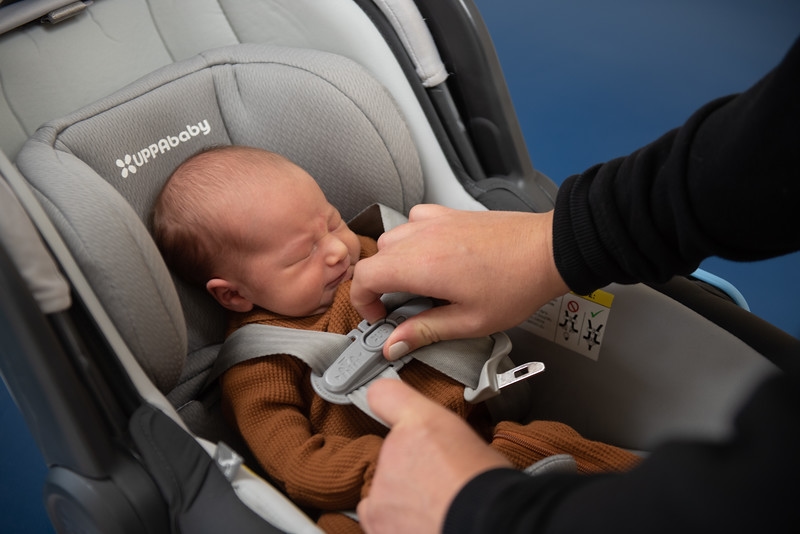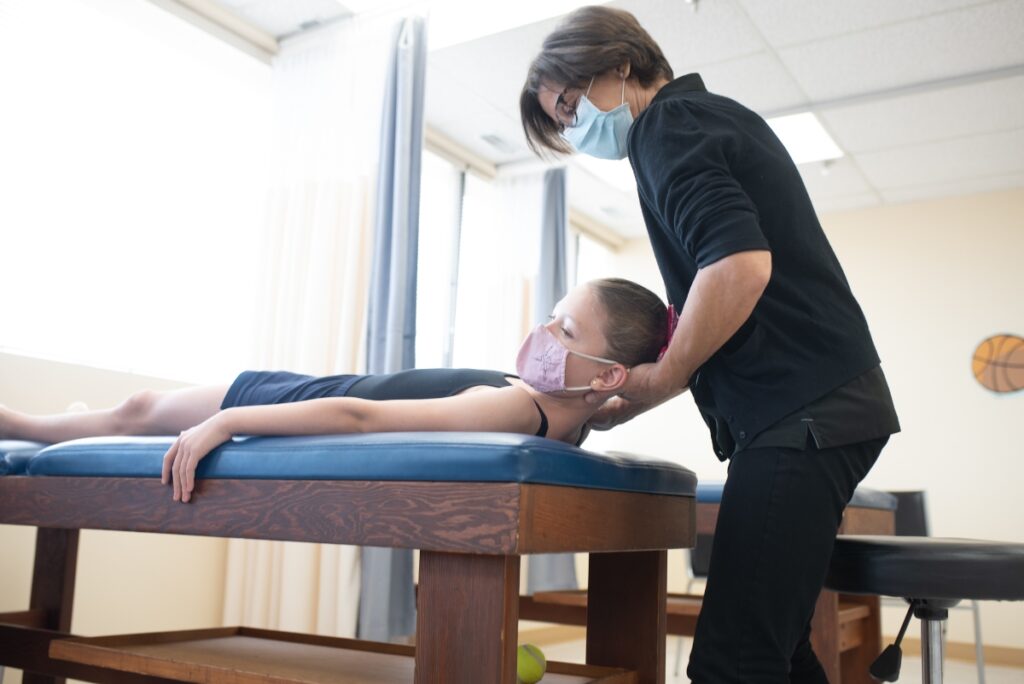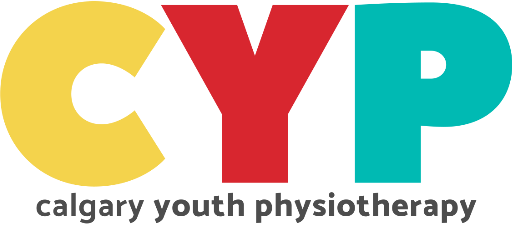
Did you know the most common way for a child to injure their neck is in a car accident? Like adults, kids can experience injuries from car accidents. Unlike adults, these injuries can be very different. Here is why.
Anatomically, children have the same number of vertebrae as adults; 7 cervical vertebrae in their neck, 12 thoracic vertebrae in their upper back, 5 lumbar vertebrae in their lower back, and 5 sacral vertebrae and 1 coccyx vertebrae in the pelvis. In the neck, the first and second vertebrae, known as C1 and C2, or the Atlas and the Axis, are significantly different from the other vertebrae. The Atlas is a ring that circles around an upward prominence that comes off the Axis, called the Dens. Anatomically, this is the same in adults, and children, however, structurally, children are very different.
Not only are children smaller in size, have more flexibility, lower muscle tone, proportionately large heads, and different muscle mass, but their bone structure is also different. Children’s bones are not fully ossified, especially the vertebrae. Those cartilage spots begin the ossifying process at varying times, usually between birth and 5 years, completely ossifying between 12 and 25 years old.
At birth, children’s vertebrae are only partially ossified. The atlas is completely ossified at approximately 8 years of age. In the Axis, the dens (the upward prominence) fuses fully to the vertebral body below between 3 and 6 years old, but the tip can stay as cartilage until around 12 years old. Vertebra C3-7 follow a similar pattern, fully ossifying around 6 years of age.
One more thing, the bony connectors of each vertebra (called the facets) are also oriented differently in children, especially children under 8 years old. Their facets are oriented more horizontally, compared to adults which are oriented more diagonally. Because of this orientation, the centre of movement in children is at the level of C2, compared to adult’s centre of movement sitting at C5/6. In children, this allows for their neck to support their head, while allowing as much movement as possible.
All of this is incredibly important when looking at the types of injuries children can experience from a car accident. In adults, we tend to see more muscle-type strains after a car accident, but in kids, it is significantly more common to see ligament injuries with muscle injuries.
Children may not complain about pain the same way we might as adults after an accident, but they will show you signs that they aren’t feeling great without saying “my neck hurts right here”. Other than saying they are in pain, you might notice a change in behaviour, such as:
- Crying more
- Sleeping more
- Avoiding positions or activities
- Having difficulties falling asleep or difficulties staying as asleep
- Eating less (or eating more)
- Rubbing their eyes or a certain part of their body
- Having more outburst, tantrums, or irritability
- Not wanting to go to school or see their friends
However, because of all the anatomical differences, significant injuries in children can occur.
In children younger than 9 years old, injuries are more likely to occur in their upper neck. Two of the most significant injuries that can occur are a subluxation of C1 from C2, or an avulsion of the dens. In more general terms, dislocation of the upper neck and breaking a bone of the dens, or the dens breaking away from its vertebral body below.
In children older than 9 years old (till approximately 16 years old) the type of injuries that we could see changes. Injuries tend to be in the lower neck and a chance of a neck fracture is significantly higher than a younger child, and because of their increased mobility, could occur with a subluxation. The most common fracture type is a vertebral fracture. A head injury is also more common to occur with a car accident than with school/sports activities.
Signs that your child may have a more significant injury may include:
- Inconsolable crying or complaining of pain
- Holding their head in one position only, with the inability or unwillingness to move their head
- Having asymmetrical movement of the neck
- Difficulties or inability to move their arms and legs
If any of these signs are occurring after an accident, the first place to go is the Emergency Room, especially one that specializes in children.

So, what can physiotherapy do? First, our job is to figure out what has been injured. If we are suspecting a fracture or dislocation, we will send you off to the doctor quite quickly. But for muscles, joints and ligaments, there is a lot that we can do. We can massage, and stretch tight muscles, we can play fun games to increase neck mobility, and we can strengthen muscles to help those healing ligaments. All while having fun!
The good news is we have a great way to significantly reduce the number of injuries that occur with a car accident. You guessed it: A car seat. With the number of straps, buckles, and clips, children can very much be the safest people in the car. A car seat can reduce your child’s risk of injury in a car accident by 71%. Also, adding the ability to have your child rear-facing also increases your child’s safety in a car. For example, under 7 years old, a risk of a dens fracture increases significantly in a high-speed accident when a child is forward facing. The best and most safe thing we can do for children in cars is to put them in a car seat that meets their age, height, and weight requirements, has a National Safety Mark sticker on it, and that allows them to be rear facing as long as possible.
Did you know that more than 50% of car seats are not installed correctly or the children are not strapped in correctly? This affects how safe your child is if you are involved in an accident. How do you know if your car seat is installed correctly? That is easy. Not only can you review the manual, but many manufacturers have also put together short videos that can be seen on their websites or on YouTube. There are also many organizations that exist that can provide education safety, and you can even book appointments with a Child Passenger Safety Technician. Some great resources are:
- https://myhealth.alberta.ca/Alberta/Pages/alberta-child-safety-seat-guidelines.aspx
- https://stjohn.ab.ca/community-services/car-seat-program/
If you and your child experienced a car accident and you are unsure if they are injured or not, send them our way.

